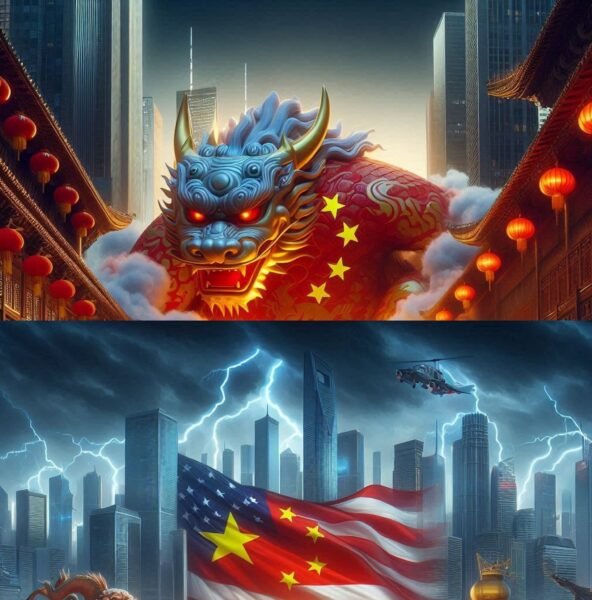China Q1 GDP growth beats expectations, but US tariff shock looms large

China’s economy grew by 5.4% year-on-year in the first quarter of 2025, surpassing expectations and maintaining the growth pace from the previous quarter. This growth was driven by strong industrial output, robust retail sales, and government stimulus measures supporting consumption and investment. Retail sales in March rose 5.9%, the fastest since December 2023, and industrial production increased 7.7%, both exceeding forecasts. Fixed-asset investment also grew by 4.2%, although the real estate sector contracted by 9.9%. The urban unemployment rate fell to 5.2% in March from 5.4% in February, indicating some labor market improvement.
However, the outlook for China’s economy is dimming due to escalating trade tensions with the United States. U.S. President Donald Trump has raised tariffs on Chinese goods to as high as 145%, provoking retaliatory tariffs from Beijing. These tariffs are expected to severely impact China’s export sector, which is a crucial engine of growth. Analysts warn that the tariff shock could lead to a sharp slowdown in economic momentum in the coming quarters, pressuring Chinese policymakers to introduce further stimulus measures to sustain growth and prevent mass job losses.
Major investment banks have downgraded their growth forecasts for China in 2025, with UBS lowering its estimate to 3.4% and ANZ cutting its forecast to 4.2%. The National Bureau of Statistics (NBS) highlighted the increasingly complex and severe external environment and noted insufficient domestic demand growth. Despite the strong start, sustaining this growth will be challenging amid the ongoing trade war and structural economic issues such as the real estate crisis and deflationary pressures.
China’s Q1 2025 GDP growth exceeded expectations due to solid domestic demand and industrial performance, the looming impact of U.S. tariffs poses a significant risk to future growth, likely necessitating more aggressive policy support from Beijing to stabilize the economy.
